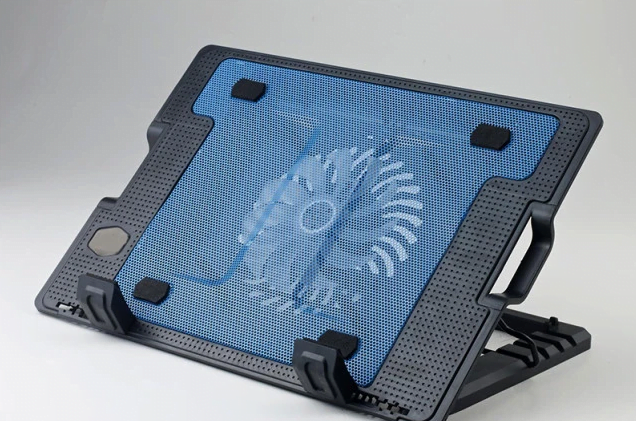Why do fans have a odd number of blades, but even ones are rarely used?
Due to the uneven quality of the material itself and the installation error, the blades will vibrate when rotating at high speed. If the blades are designed to be even, due to the symmetry, the vibration of one blade will be transmitted to the opposite blade, which will easily cause resonance and increase noise. The overall jitter increases; if the blades are designed with an odd number, although the blade flutter also exists, there is no resonance relative to the blades, so the noise and overall jitter can be effectively reduced.

If you are good at observation, you will find that many fans have odd-numbered blades. For example, common floor fans generally have 3 and 5 blades, ceiling fans generally have 3 blades, and desktop rotary silent fans generally have 5 or 7 blades. , The fans of the notebook cooling base are generally 9 or 11.
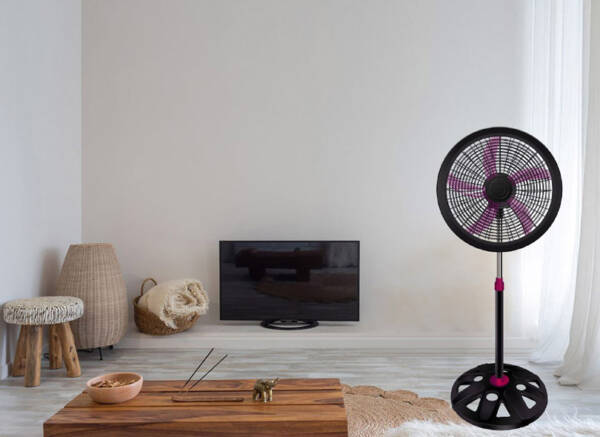
Of course, this is not absolute. Some ceiling fans adopt the design of 4 blades, helicopters have 2 blades, there are also 3 blades, and there are 4 blades, and some small electric fans also adopt the design of 4 blades.
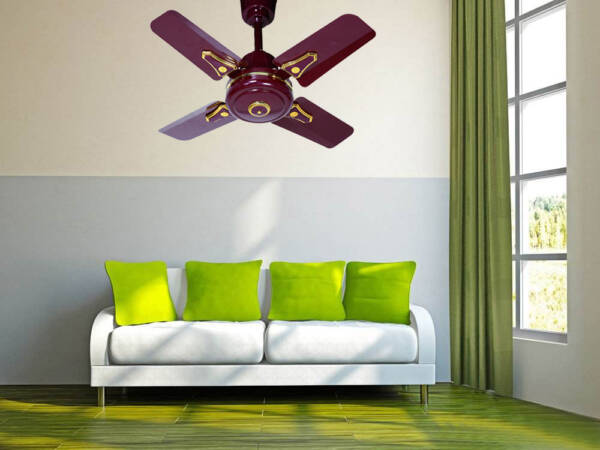
Different products and manufacturers use odd and even numbers. Of course, they have their own considerations. Due to the symmetry of even-numbered blades, as long as the quality of each blade is accurately controlled and the dynamic balance is adjusted to prevent resonance from occurring, the fan with even-numbered blades will be more stable. The precision of the parts is required to be higher, and the manufacturing cost increases.
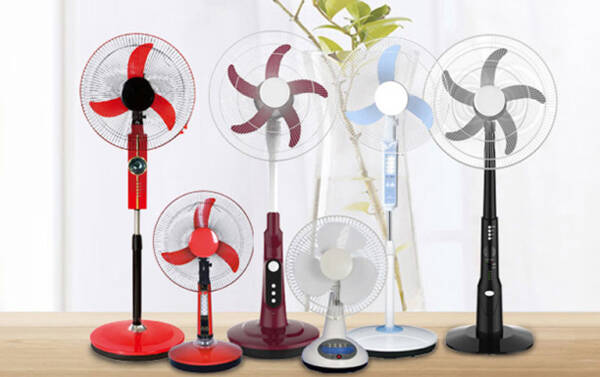
The odd-numbered blades do not need to worry about the resonance during high-speed rotation, and the requirements for the accuracy of the blades and the quality of the motor are reduced. Therefore, the odd-numbered blades use a small cost to achieve the effect that the even-numbered blades can only achieve at a higher cost.
Take the ceiling fan as an example, assuming that the ceiling fan is designed with 2 blades, when the two blades are precisely balanced, the blade rotation is very stable, but there are always errors in installation and manufacturing, especially the existence of installation gaps, which will cause one blade to be slightly downward. Tilt, under the action of leverage, the other fan blade is tilted up. When the fan rotates, the two blades will go up and down to form a resonance effect.
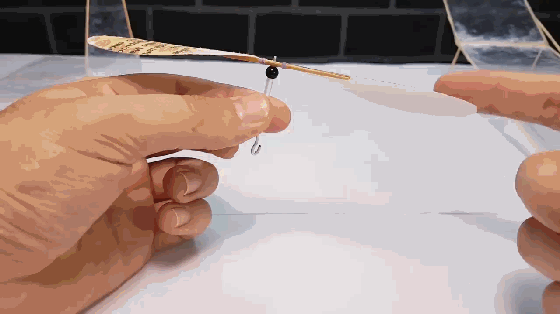
If the ceiling fan is designed with 3 blades, although the installation error and clearance also exist, it is not easy to form a resonance effect when rotating, which reduces the accuracy requirements of the parts, and the more blades, the lower the noise and vibration under the same wind force. The effect is better, but the number of blades will increase the manufacturing cost.
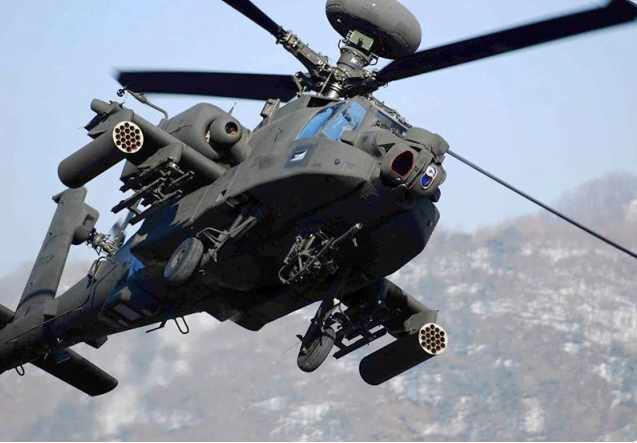
The reason for this is that it is an independent and independent pedestal, 3 to 7 pieces are unequal, and a small integrated type of pedestal is required. External heat-dissipating pedestal fan, 9 pieces of service or 11 pieces of person.
